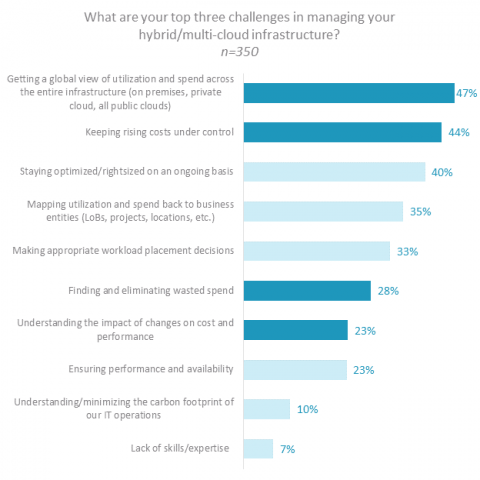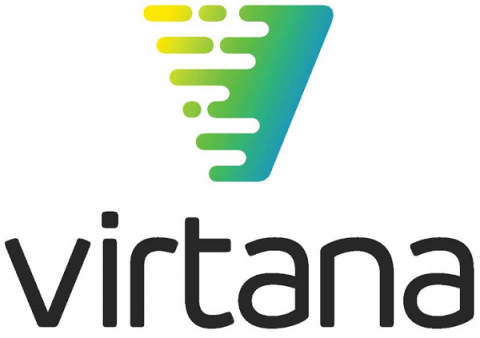Digital Business Transformation Never Ends-Can Your Infrastructure Keep Up?
Digital transformation—and its intended benefits, including flexibility, scalability, agility, cost control, and more—is enabled by cloud computing. You need all these things because, now more than ever, businesses and markets are highly dynamic. Sometimes it’s an opportunity you want to capitalize on. Other times it’s a threat, such as a disruptive competitor, or a challenge, like new regulatory requirements. Some things you see coming, and others take you by surprise.







